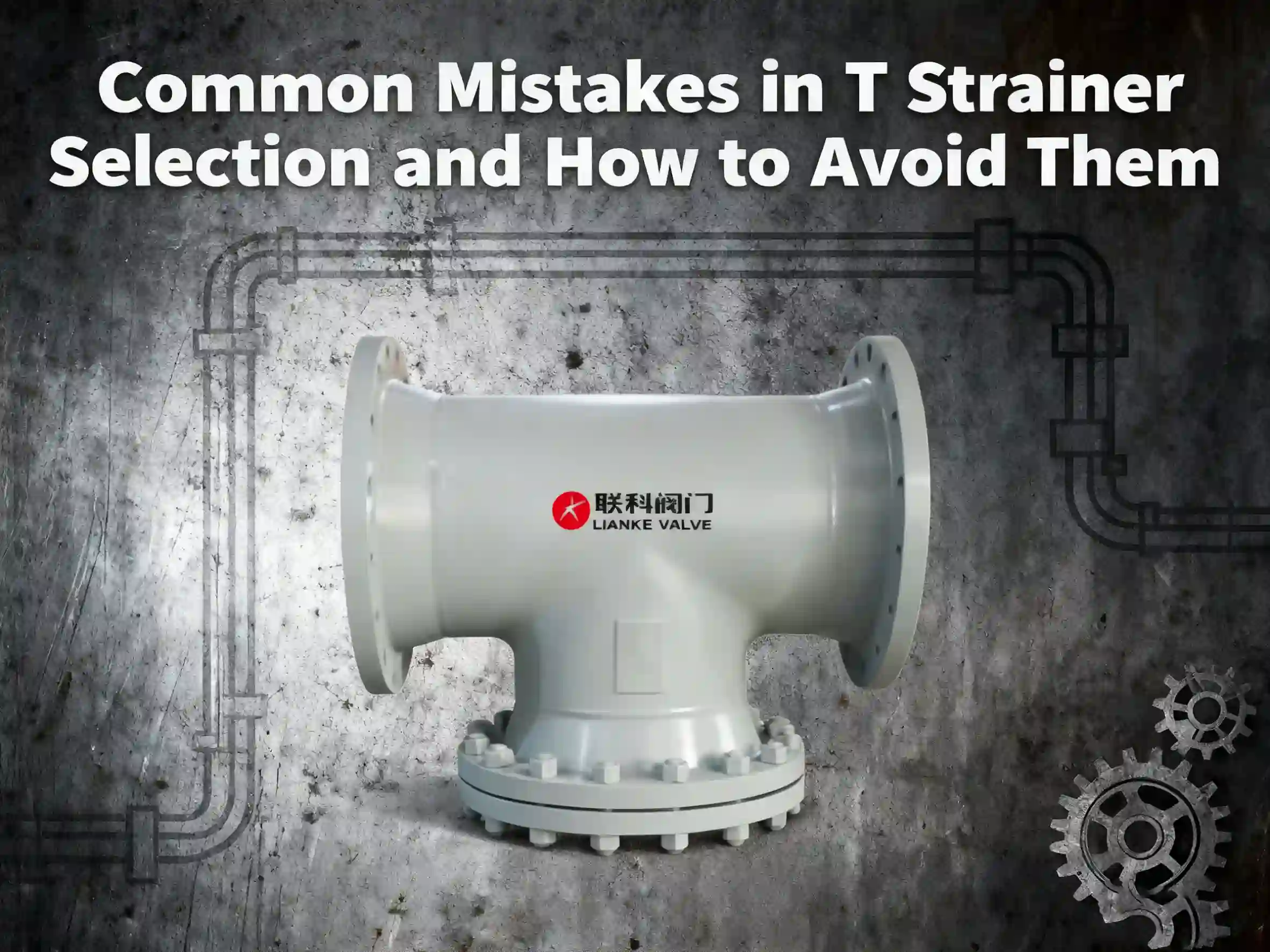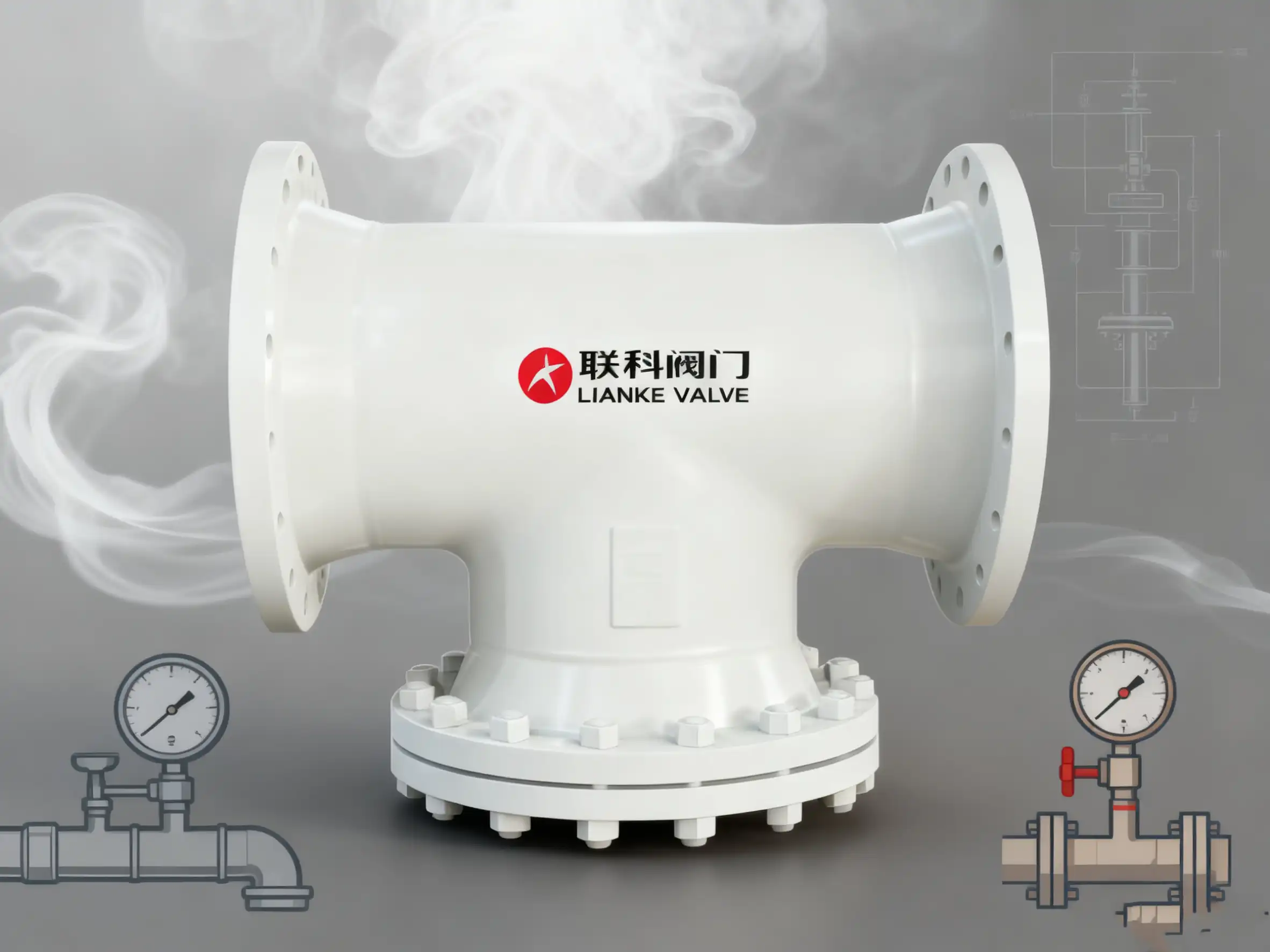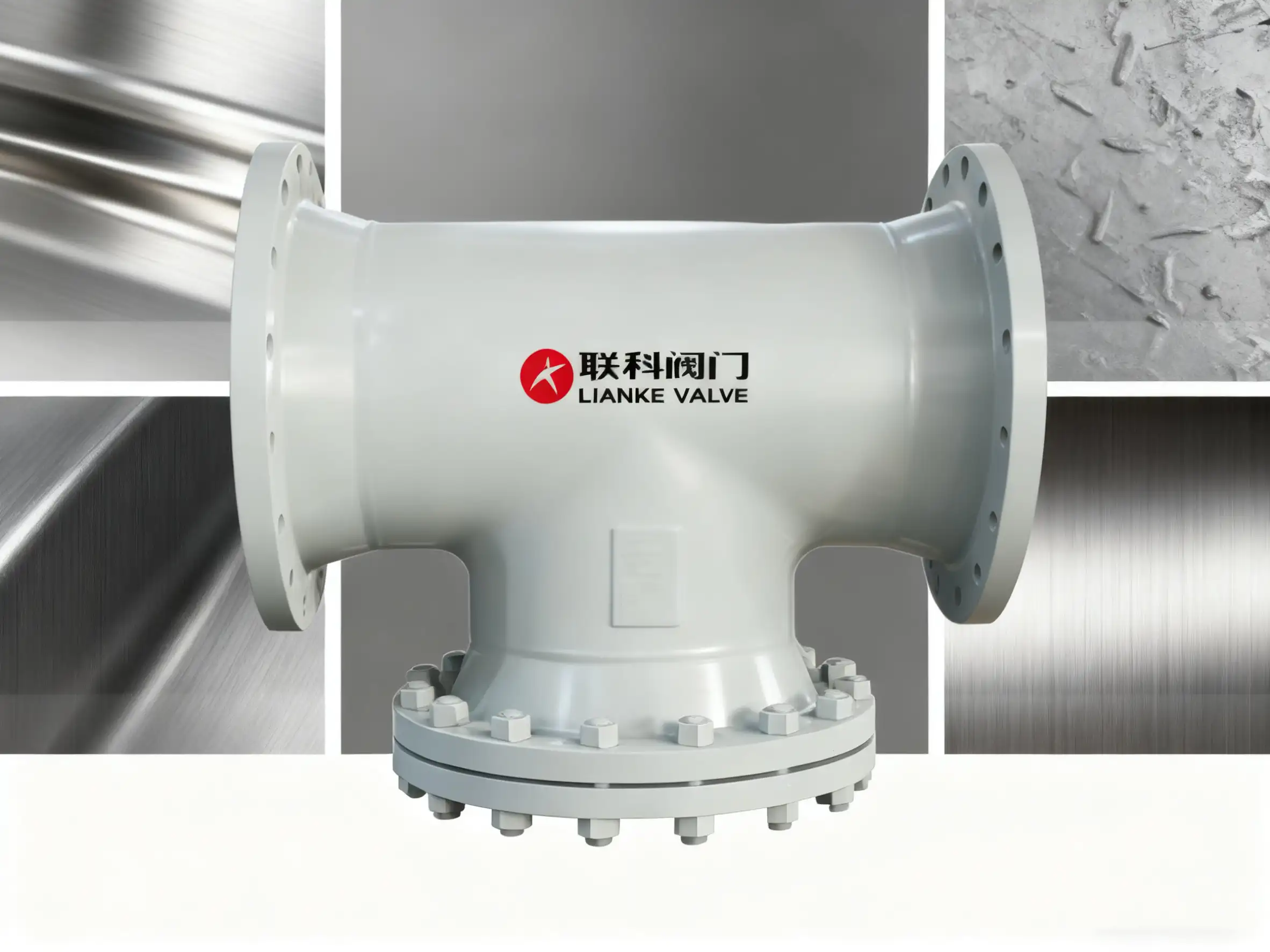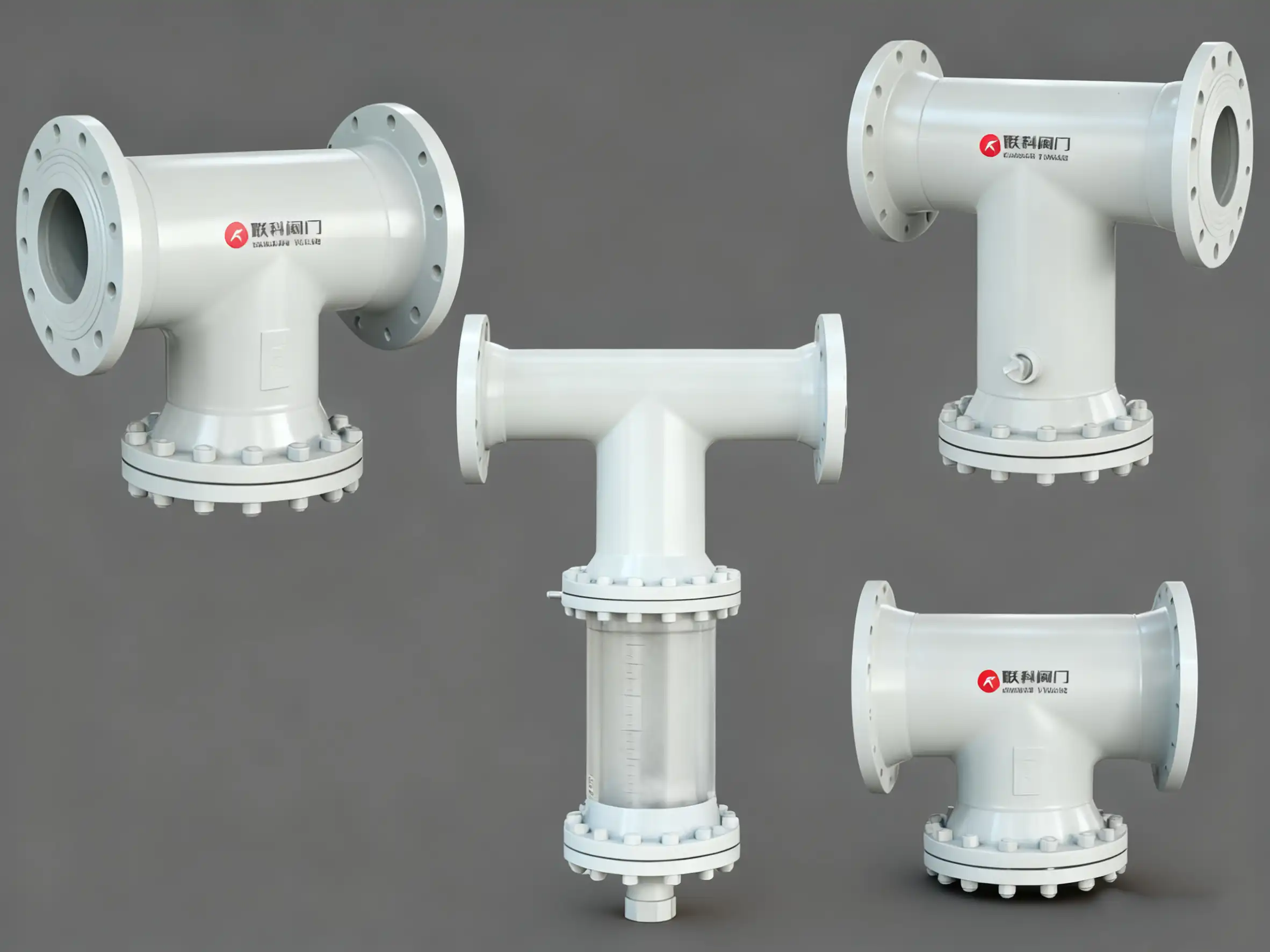

A T type strainer is an effective equipment used in various industries to keep fluid systems free of contamination and component wear.
However, not all strainers are made of the same material, which can determine how well they perform. This guide explains the materials from which T-type strainers are made, as this is vital to keeping your operations running effectively.
Below is a comparison of the most common materials for Filtros tipo T:
| Tipo de material | Durabilidade | Resistência à corrosão | Custo | Ideal Use |
| Aço inoxidável | Alto | Excelente | Expensive | Chemical, marine, and water systems |
| Aço carbono | Very High | Moderado | Moderado | Oil, gas, and other high-pressure pipelines |
| Alloy Steel | Very High | Alto | Expensive | Power generation, chemical, and heat-prone applications |
| Iron | Moderado | Baixo | Lowest | Water distribution, low-pressure systems, pipelines with non-corrosive fluids |
UM T-type stainless steel strainer shines in corrosive or harsh environments.
For example, a flanged T type strainer maintains its structure and efficiency even when exposed to saltwater (with chlorides) or other aggressive chemicals. It resists rust, too, making them ideal for applications that demand cleanliness.
A carbon steel T type strainer is good for balancing cost and durability in areas where corrosion isn’t the main enemy.
It can withstand mechanical stress and is a solid option for applications such as petroleum transfer or high-pressure steam lines, provided it meets the pressure and temperature requirements.
When standard metals can’t withstand extreme temperatures or harsh fluids, an alloy steel strainer is what you need. It handles stress, wear, and heat better than the other materials. It’s the best choice for highly specialized systems.
For handling low-pressure, non-corrosive fluids, a T-type strainer made from iron offers both affordability and ease of installation. This makes it suitable for water distribution and irrigation setups.
If you’re tasked to select the right material, consider the following:
Matching these factors to the appropriate material can ensure your T strainer lasts longer and performs efficiently.
Filtragem confiável para proteger válvulas e tubulações — tipos Y, T, cesta e duplex disponíveis.
Explorar filtros
You can install a pressure gauge before and after the equipment. When the difference rises, it’s time to do maintenance.
Yes, especially grades like 316 stainless steel, which resists chloride corrosion due to its molybdenum content.
Yes, but be sure that the flange connections and pressure ratings match to ensure a leak-free connection.
Choosing the correct material for your T-type strainer sets the tone for long-term reliability and efficiency.
We at LIANKE offer a range of products, including strainers, specifically engineered to meet diverse industrial needs. Contact our experts today to learn more about our lineup.

A T type strainer may seem like a simple filtration device, but making a bad choice when getting one might just throw your system off balance. Even a small oversight in selection can lead to pressure drops or premature equipment wear. Steer clear of these mistakes, and your system will run smoother and last longer. […]

A T type strainer is a reliable equipment used to safeguard steam and high-pressure systems. Filtering out unwanted particles before they reach critical equipment helps maintain stable and efficient operation. Knowing when to install a T type strainer and how to choose and set it up correctly can make all the difference in preventing costly […]

A T type strainer is an effective equipment used in various industries to keep fluid systems free of contamination and component wear. However, not all strainers are made of the same material, which can determine how well they perform. This guide explains the materials from which T-type strainers are made, as this is vital to […]

A T type strainer plays a vital role in ensuring that fluid systems and pipelines stay free of debris that can damage their operations. This article provides an overview of its everyday applications and variants, explaining why it’s essential across various industries. What is a T Type Strainer? A T type strainer focuses on filtration. […]



